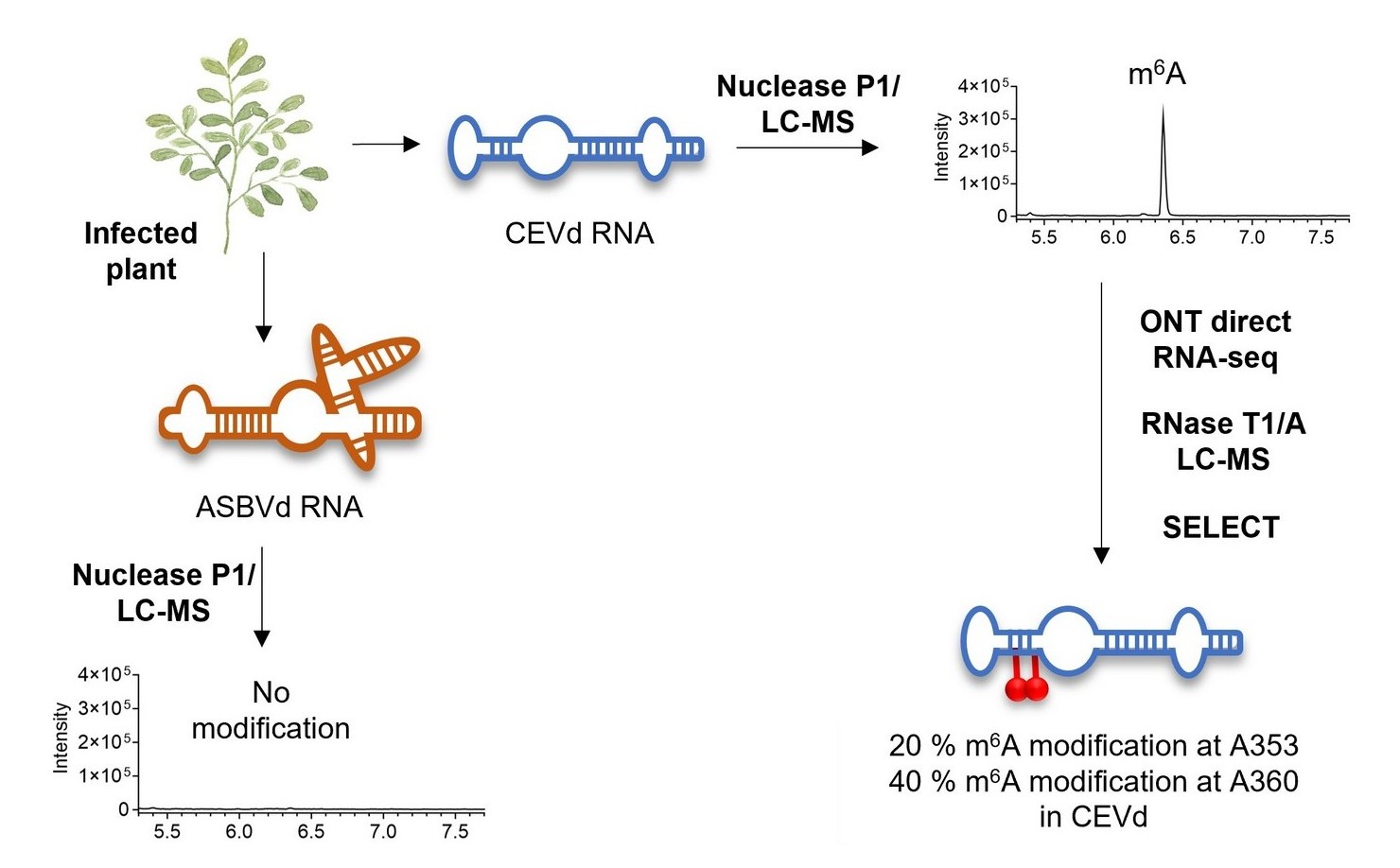
RNA molecules can bear more than 150 naturally occurring chemical modifications. Apart from internal nucleobase modifications, RNA can be capped at its 5'-end. The various caps have protective and regulatory functions, but many other cap functions are not discovered yet. 7-methylguanosine cap, which plays important role during translation initiation, was long thought to be the only eukaryotic RNA cap. However, the recent discovery of non-canonical RNA caps in eukaryotes revealed a new niche of previously undetected RNA chemical modifications.
The researchers led by Hana Cahová from IOCB Prague reported for the first time that diadenosine teraphosphate (Ap4A) molecule acts as a non-canonical RNA cap in human and rat cell lines. The molecule of Ap4A is normally present in the cell and its concentration increases under stress conditions. Surprisingly, the measurements showed that the amount of eukaryotic capped Ap4A-RNA is independent of the Ap4A cellular concentration.
The scientists also identified two enzymes capable of cleaving Ap4A-RNA, NUDT2 and DXO. In addition, they showed that even though the Ap4A-RNA is not translated, it is correctly recognized by the cell and does not elicit an immune response, making it a natural component of the transcriptome.
These findings open a new insight into a complicated process of eukaryotic RNA regulation. The results were published in Angewandte Chemie International Edition with Jiří František Potužník and Ondřej Nešuta as the first authors.
Read the paper: Potužník, J. F.; Nešuta, O.; Škríba, A.; Voleníková, B.; Mititelu, M.-B.; Mancini, F.; Serianni, V.; Fernandez, H.; Spustová, K.; Trylčová, J.; Vopalensky, P.; Cahová, H. Diadenosine Tetraphosphate (Ap4A) Serves as a 5′ RNA Cap in Mammalian Cells. Angew. Chem. Int. Ed. 2023, e202314951. https://doi.org/10.1002/anie.202314951






